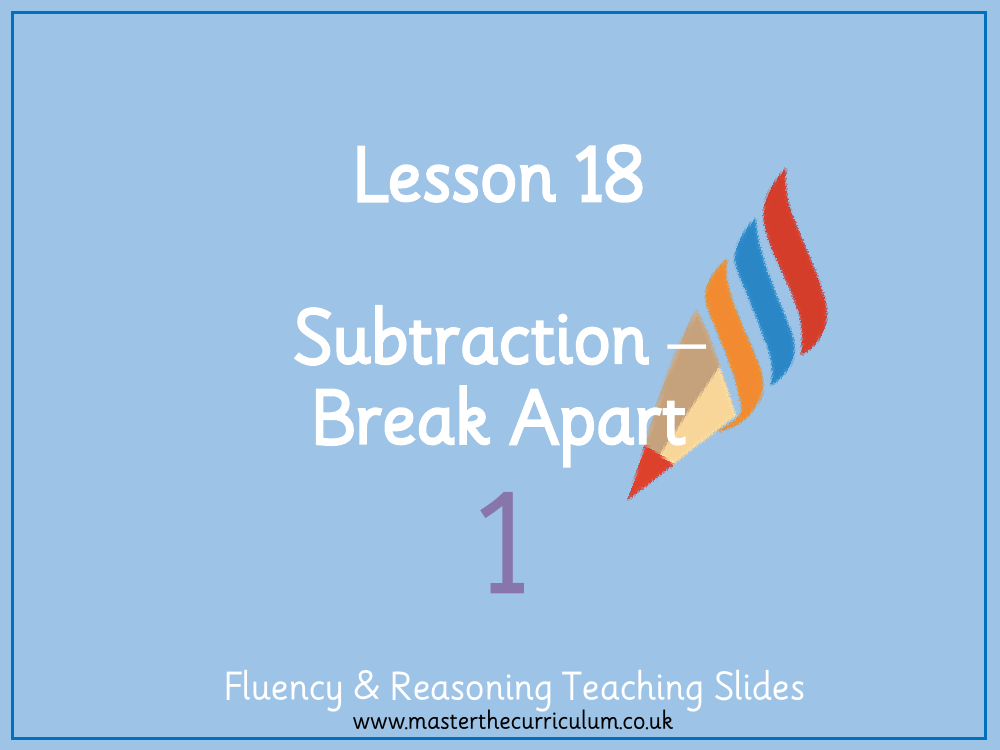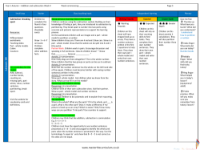Addition and subtraction within 10 - Break apart numbers - Presentation

Maths Resource Description
In the engaging world of subtraction for young learners, the concept of 'Breaking Apart Numbers' is introduced as an extension of their subtraction skills. This lesson, part of a series on fluency and reasoning in mathematics, invites students to delve deeper into the process of partitioning. Partitioning is a technique where numbers are split into more manageable parts, making subtraction more intuitive. For instance, when presented with a scenario involving ice creams, some with chocolate and others without, students are encouraged to identify the whole number and its parts, such as in the equation '6 - 2 = ___', where they determine how many ice creams lack chocolate.
The lesson continues with various activities that further explore this concept. Students are shown images of ice creams and dogs, some with distinct features, and are asked to calculate how many do not possess those features by breaking apart the total number. For example, '8 - 3 = ___' asks how many dogs do not have spots. Another activity involves party hats of different colours, where students figure out how many hats are blue if there are 9 in total and 4 are red. They also learn to represent their understanding using part-whole models and calculations. Through these exercises, students are challenged to think critically and ask questions that facilitate their comprehension of subtraction as a means of finding an unknown part of a whole.



